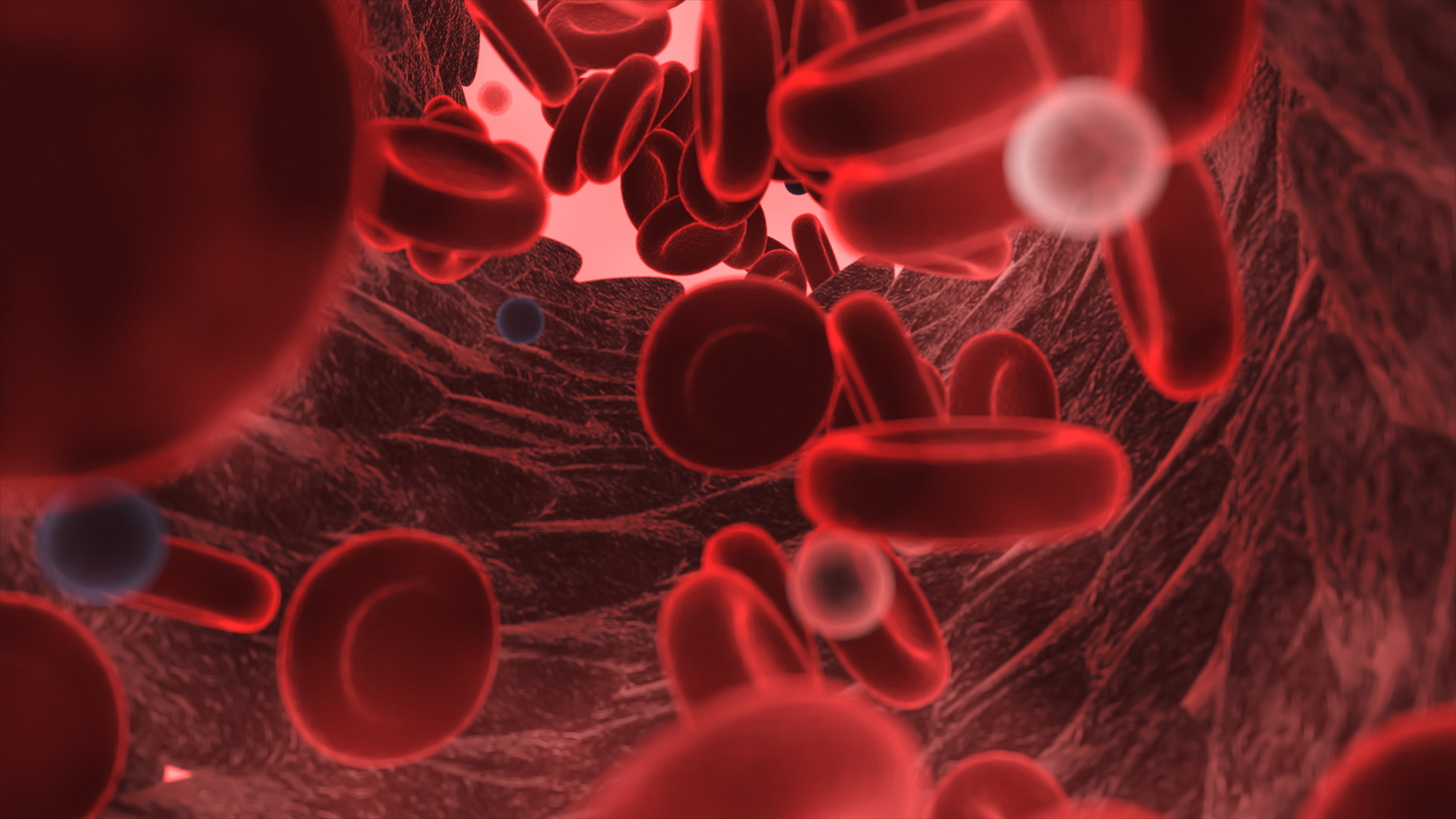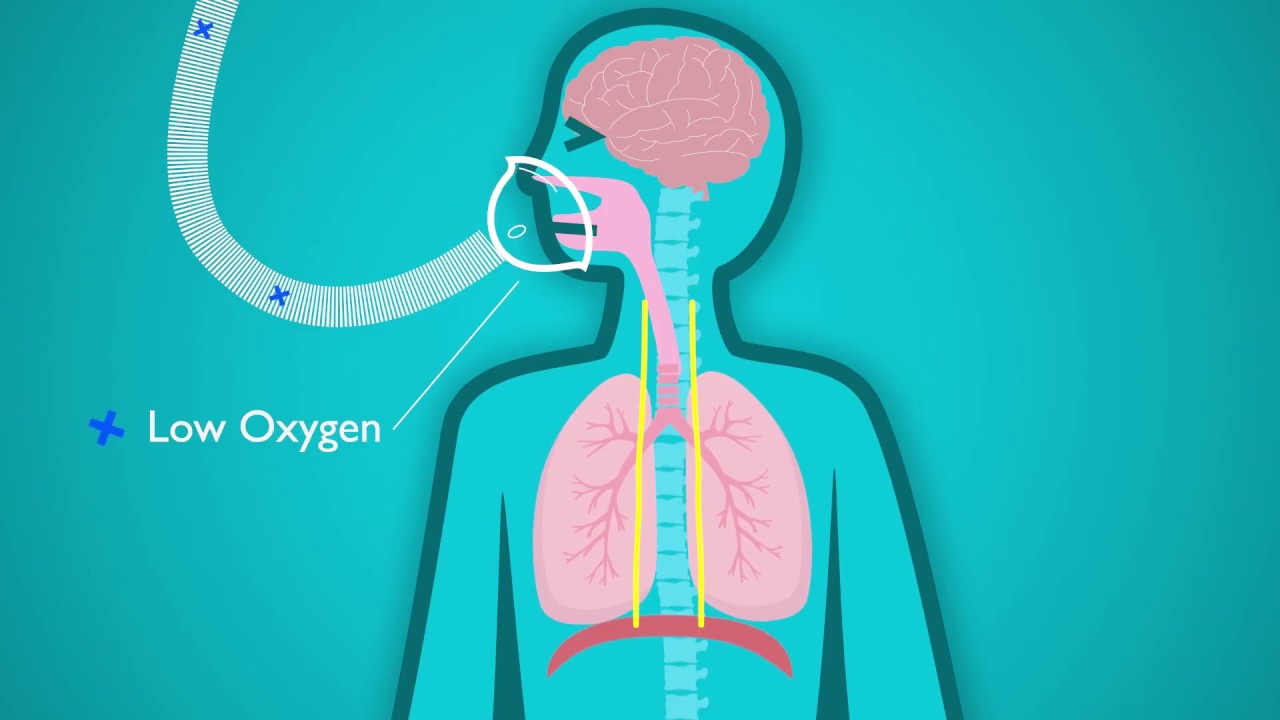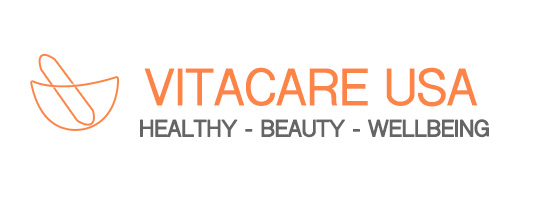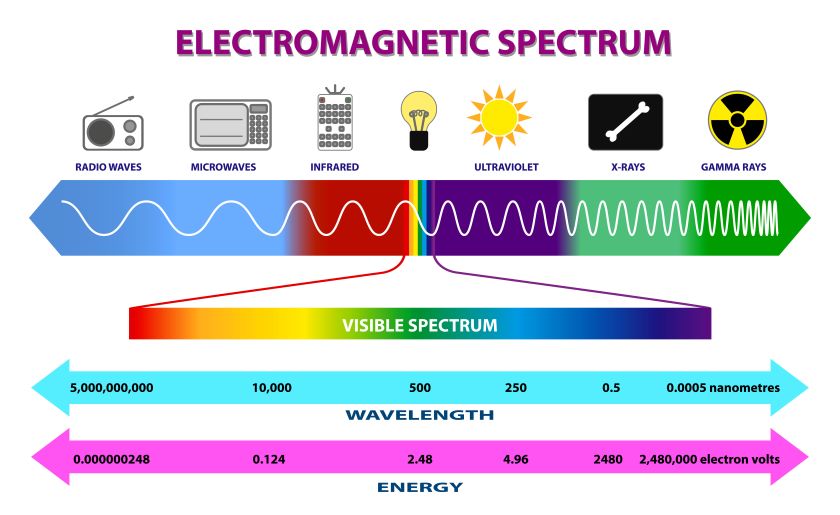News
How Low Oxygen Levels Increase the Risk of Arrhythmias
New Discovery Opens New Treatment Avenues to Prevent Sudden Cardiac Death
Low oxygen levels in the heart have long been known to cause life-threatening arrhythmias, potentially leading to sudden cardiac death. Until now, the mechanism behind this phenomenon was not well understood. Recent research has uncovered a potential underlying mechanism leading to these dangerous arrhythmias.
In a groundbreaking study led by Dr. Steve A. N. Goldstein, MD, PhD, Associate Dean for Clinical Affairs at the University of California, Irvine, and Professor Emeritus at the UCI School of Medicine’s Departments of Pediatrics and Physiology & Biophysics, the underlying mechanism behind these dangerous heart rhythms has been revealed.

“Our research shows that within just a few seconds of low oxygen levels (hypoxia), a protein called SUMO (small ubiquitin-like modifier) binds to the inside of sodium channels, which are critical for initiating the heartbeat,” says Dr. Goldstein. “While SUMOylated channels open correctly to start the heartbeat, they continue to open when they should close. This results in abnormal sodium currents, increasing the risk of dangerous arrhythmias.”
Titled “Hypoxia produces pro-arrhythmic late sodium current in cardiac myocytes by SUMOylation of NaV1.5 channels,” the study was published today in Cell Reports. Lead author Dr. Leigh D. Plant, Associate Professor at Bouvé College of Health Sciences, Northeastern University, was previously a postdoctoral fellow with Dr. Goldstein.
Low Oxygen
Each heartbeat begins when sodium channels open, allowing ions to flow into heart cells, triggering the action potential that causes heart muscle contraction. Normally, sodium channels close quickly after opening and remain closed. Subsequently, potassium channels open, ions exit the heart cells, and the action potential ends in time for the muscle to relax and prepare for the next beat. When sodium channels reopen and create late sodium currents, as observed in this study under low oxygen conditions, the action potential is prolonged, and new electrical activity may begin before the heart recovers, leading to dangerous and arrhythmic heart rhythms.

Fifteen years ago, Dr. Goldstein’s research team reported on SUMO regulation of ion channels on the cell surface, a surprising finding as SUMO pathways were believed to operate solely to control gene expression in the cell nucleus.
Hydrotherapy with Onsena Spa Mineral Hydro Bubble Bath
Hydrotherapy is part of natural physical therapy methods. The principle involves using hydrotherapy equipment, active oxygen, ultrasound, and negative ions to create a healthy environment similar to natural forest bathing, hot spring bathing, and waterfall bathing.

The pressure and water jets increase the speed of the water and the concentration of dissolved substances (essential oils, bath salts, traditional medicine) affecting the entire or parts of the body in various forms and methods, promoting blood circulation, nourishing vitality, balancing yin and yang, warming internal organs, eliminating diseases and fatigue, promoting cell regeneration and recovery, accelerating metabolism, achieving therapeutic, health-maintaining, and beauty-enhancing goals.
Source:
Materials provided by University of California – Irvine.
References:
Plant, L. D., Xiong, D., Romero, J., Dai, H., & Goldstein, S. A. N. (2020). Hypoxia produces pro-arrhythmic late sodium current in cardiac myocytes by SUMOylation of NaV1.5 channels. Cell Reports.
Citation Page:
University of California, Irvine. “How Low Oxygen in the Heart Causes Arrhythmias.” Science Daily. www.sciencedaily.com/releases/2020/02/200218152310.htm
*** Sodium Channels are membrane proteins that form ion channels specialized in transporting sodium ions through a cell membrane.


